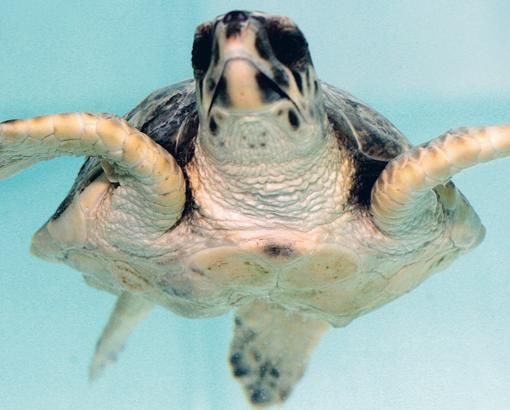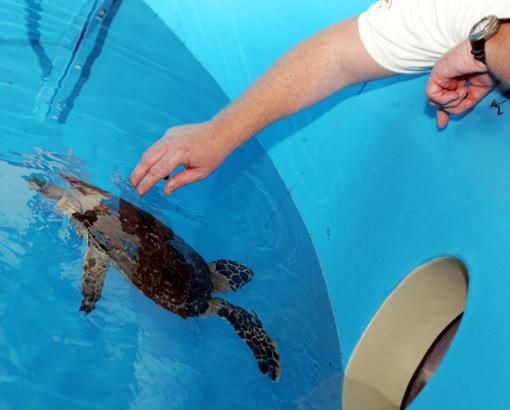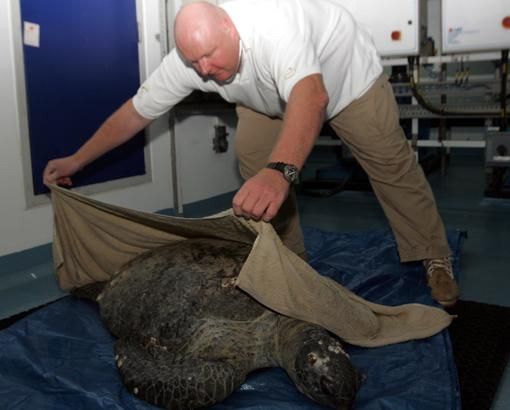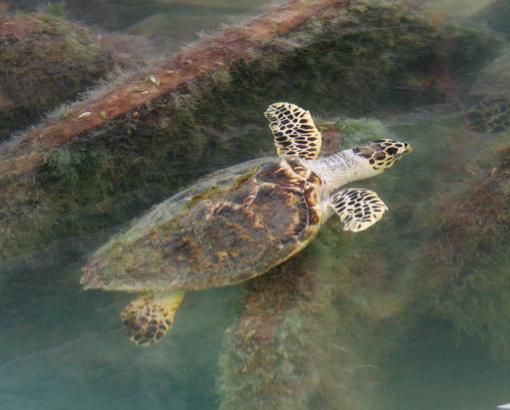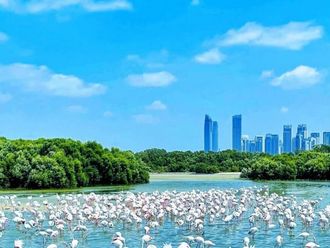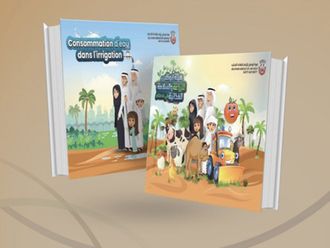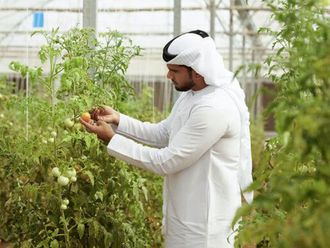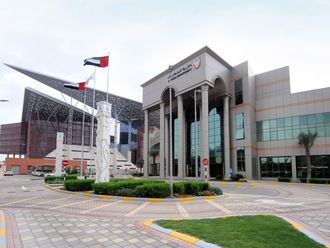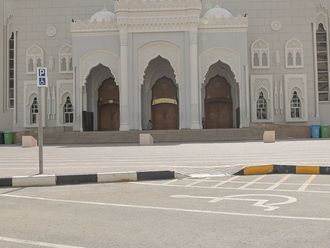Dubai: When a 106 kilogram Green turtle washed up on the Palm Jumeirah this week, she was immediately taken to Burj Al Arab Turtle Rehabilitation Unit for treatment. Her sunken eyes were testament to the struggle she had faced at sea before letting herself be carried to shore.
Her diagnosis is unclear. Weight loss, muscle degradation but no external injuries.
She could have eaten a plastic bag as turtles often mistake these for jelly fish. For now she will rest in a specially-bought paddling pool, for she is certainly the biggest turtle that has ever been brought in.
The Turtle Rehabilitation Unit more commonly treats juvenile Hawksbill turtles who, weighed down with barnacles, wash up on the beaches exhausted and sometimes unable to feed, as the gluey free-riding barnacles have clamped their jaws shut.
Hawksbill turtles, covered in barnacles, have been washing up for years on Dubai's beaches, says Kevin Hyland of the Wildlife Protection Office, who has been encountering and dealing with these turtles for more than 20 years.
He started the project with Warren Baverstock, Aquarium Operations Manager, about four years ago.
As reptiles, turtles slow down as their body temperatures drop. Currently, with the sea temperature in the Arabian Gulf dropping to 13 degrees Celsius, the younger, juvenile Hawksbills are struggling.
"This is not a man-made problem - it is natural, but it is a tough one for juveniles. They can come in covered in their own weight in barnacles. They get weak with the cold weather and the barnacles multiply and grow bigger, which makes it difficult for a turtle to get around or come to the surface for air," said Baverstock.
The public is being urged to call in any sightings of washed-up turtles so they can be treated and monitored before being released.
Currently, 25 juvenile, two sub-adult (teenage) and one adult turtle are being treated.
Another 25 are under observation in a large swimming area at Madinat Jumeirah and will be released when the temperatures climb again.
"Some people take them home and put them in an aquarium, which is a problem. We would probably have three times more if people knew where to take them. The turtle should be kept covered with a small amount of fresh water at room temperature, which gives them the opportunity to rehydrate," said Baverstock. "In fresh water, barnacles die and drop off," he added.
The turtles are often taken to the Al Wasl Veterinary Clinic for blood analysis and diagnosis and then returned to the Turtle Rehabilitation Unit. Internal problems and infections are pinpointed and treated, vitamins are administered and the turtles are left to enjoy a fresh water bath for a minimum of 48 hours.
"We keep them in freshwater for a short period of time so they can rehydrate. We observe them, continue treatment and offer food for them until they start feeding again," said David Robinson, Assistant Aquarium Operations Manager.
"Some turtles come in with carapace infections, which are very contagious so they have to be isolated and undergo further treatment. We had two cases last year. We work very hard on all our turtles throughout its recovery," said Robinson.
Turtles can become positively buoyant, which makes it very difficult for them to swim and dive underwater.
The best time to release turtles is from March to October when the Arabian Gulf is warmer. Come March the Turtle Rehabilitation Unit will start organising releases from boat and, hopefully, the shore.
Dos and don'ts
Do call the Dubai Turtle Rehabilitation Project on 043017198 if an injured or stranded turtle is found.
Do remove the turtle from the beach and place it in a plastic container with a small amount of fresh water. Its head has to be above the surface so that it can breathe.
Do place it in an area away from direct exposure to the sun.
Do try to handle the turtle as little as possible so as to minimise the stress placed on it.
Don't try to feed it.
Don't try to remove the barnacles or the algae on its back.
Don't put it back in the sea.


